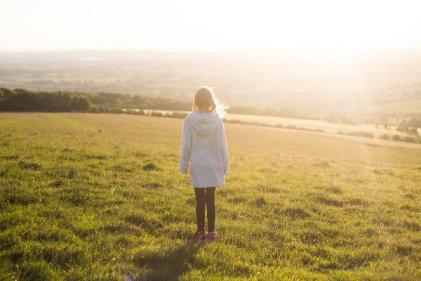
Handwriting is a common problem among children with special needs. This problem interferes with many aspects of their education including their ability to take notes in class, do homework and take exams. Handwriting problems also affect the substance of children’s written output.
Many of us take handwriting for granted, but the process of writing is complex. Handwriting requires students to use multiple skills simultaneously including planning, hand eye coordination, visual perception, attention and motor skills. When children struggle with handwriting, they use a great deal of physical and mental energy for the writing process, leaving little for the actual answer or essay. In addition, struggling writers take longer to produce written work.
If your child struggles with handwriting, have a professional assess her. In the meantime, see if assistive technology helps her. Here is an overview of technology for children with writing difficulties.

Outlines
One of the simplest methods to help with note-taking is for teachers to give students outlines of their lessons. During class, students add notes to the teachers’ outlines. This method helps students get important information written and keep their notes organised.
Portable word processors
Portable word processors are less costly than tablets or laptops. Children use these devices for homework and note-taking. They transfer their work to a computer.
Laptop/tablet
Keyboarding is easier than handwriting for some children. A laptop or tablet gives students access to a range of technological tools to help with handwriting including word processing, word prediction, text-to-speech, voice recognition and graphic organisers.
Word prediction software
This software works with children’s word processors. It suggests words for the user based on what they are typing and their past use of the programme. Besides helping with spelling and grammar, this software increases students’ output.

Voice recognition programmes
The accuracy of voice recognition programmes has improved a lot over the past few years. This software types the words the user is speaking.
Graphic organisers
This software helps students organise their notes, and plan essays, reports and other written work. Many programmes have functions such as mind-mapping that help students visually brainstorm and organise their thoughts.
Digital pens
Digital or smart pens convert handwritten notes to typed text on students’ tablets or PCs. In addition, Some smart pens record audio directly and send it with students’ notes to their PCs. This feature allows students to fill in any missing points in their notes by listening to the recorded audio.
The amount of technology and techniques available to help struggling writers is overwhelming. One of the best ways to learn about assistive technology and its uses is through webinars. The Center on Technology and Disability has a free and informative webinar called Note Taking Technologies for Middle School, High School, College, and Beyond. Both Enable Ireland and Dyspraxia DCD Ireland include information about assistive technology on their websites.








